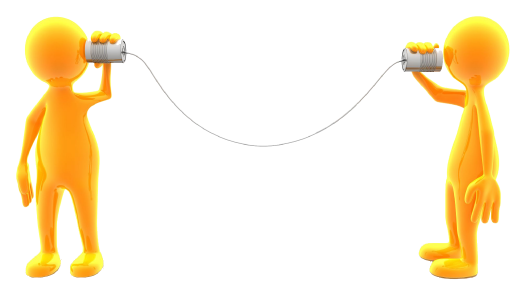No. 14 To facilitate
the maintenance of effective verbal and non verbal communication
By: Ramon Paulo Mata
As we say, “no man is an island”, to
explain why God made Eve to accompany Adam, why there is love and hatred all
along, all boils down to Communication. Human Interaction, a definite need and
above all, should be met in many ways applicable to the needs of the situation.
I believe so that it is an inherent need, a need which had been implicated
since the birth of a human being. It is complex in a way that understanding and
keen skills are adapted to maintain the bridge, may it be verbal or non-verbal.
The life of a caregiver, may it be a
relative, a physician, nurse or a health professional, the responsibility of
providing a good quality of life to others, to sustain the over-all status of a
patient stresses the importance of communication as a part of that full goal
and responsibility. Maintaining such environment also focuses on the part of
being able to fully understand the needs of a patient and that is the beginning
of communication in the practice. Skilled as we see practitioners, it is a
learning process indeed. The yearning to listen, to observe, to communicate in
a way that is acceptable to the patient are at depth with the goal of
addressing the real essence of healing, providing good health and a complete
well being. Oftentimes, a health care provider is faced with the difficulties
and limitations of communication, which makes way for non-verbal cues, ways in
which body language, appearance as well as assessment of facial expressions and
tones are as valuable as it could be in providing their needs. As I learn
deeper on this matter, I begin to assess its significance. If communication
wasn’t present at all, the health care systems practice would indeed collapse.
The ability of giving the right treatment, the motion of being able to
accommodate, to assess and diagnose correctly will be affected and so life is
fully threatened. As I’ve learned deeper, effective communication, verbal and
non-verbal was defined well as one of the 21 nursing problems that Faye
Abdellah proposed. Communication is a need, for survival, to establish one’s
self, to establish one another and is the very cornerstone to human existence.
The practice of Nursing as Abdellah defines, utilizes constant communication
within the system, relationships arise and flourish, nurse-patient,
physician-family, nurse-nurse and this transfer is a complicated process, in
which the possibility of giving and receiving incorrect messages/acts are not
far from existing. It is essential to us, and in our practice that we embrace
the key components of the communication process may it be verbal or non-verbal.
The goal of maintaning effective
verbal and non-verbal communication starts with the major components, the key
roles of being a sender, receiver and the message itself. Factors surround the
process itself, the setting, time, and perception. This goal of maintaining
effective communication now embodies the health care provider to have empathy,
to be a guide, as to knowing how to manage a great deal of information possesed
from another being. Second comes trust, for this facilitates a better working
environment, for better exchange between parties, for honesty and transparency
not just in the nurse patient relationship but it follows for all personnel
involved. It guarantees that information we give, we teach and we share is
regarded and taken into account. Third is being hospitable and open, its like
showing open palms, ever ready to listen and eradicate judgment for the matter.
As health professionals, as
caregivers, I try to examine the point of our existence. What do we really want
to gain from vocation we chose? First, we try to gratify the moment that we
were educated to heal, we’ve chosen this path to connect and feel. We become
effective in our own ways and that is all attributed to the gift of
communication. We gain trust, and that leads us to being an important part in
providing effective nursing care. Any communication we attempt to send is
vital, that means, it must be understood
well, non-conflicting, accepting, open and respectful. Guided by the ethical
standards we have established, it must always be simple, direct and responsive
by all means. Being effective in communication means also being honest,
adequate in giving information and being patient for the circumstances we are
being faced with. Research shows that
around 80% of communication is non-verbal, and the rest are verbal. Eye
contact, body language, tone, as well as the way of addressing a person,
patient or colleague comes in handy to deal with patients effectively. Also,
cultural awareness is a given fact that it is important. This means that we are
tasked to be observant, keen and also conscious of our impact to others. This
is to avoid conflict and be efficient as a professional, our awareness that our
body language can change a life, and interpretations can always be varied.
Lastly, I learned that above all this,
a nurse embodies the empathy in his/her heart. To nurse is something spiritual,
mental, physical and emotional. We are one of the faces of how the health
system thrives, and with this we will always encounter many people in our
professional lives, they may not remember out names, but surely how we treat
them, how we became an instrument of light and hope during a difficult time in
their lives would always remain.




No comments:
Post a Comment